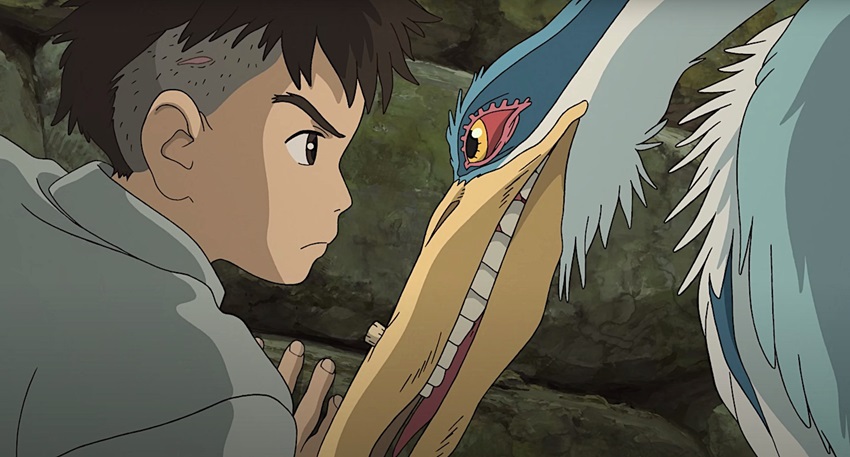
“How do you live?” is the fundamental question posed by Hayao Miyazaki’s The Boy and the Heron. It’s the question posed to Mahito Maki, the angry 12-year-old boy at the film’s centre. Having recently lost his mother in a fire in Tokyo during World War II, Mahito moves to the countryside where his father is set to remarry his aunt. Bereft and confused by a world that makes little sense, Mahito follows a grey heron into a mysterious tower on the property and discovers a magical realm where the rules of reality are malleable. Mahito passes through this realm in a bid to rescue his aunt/stepmother, but the journey is not truly about rescuing someone else. It’s about coming to terms with the pain of the real world by realizing the moral cost of abandoning it.
“Be in the world, but not of the world” is one of the most common phrases in contemporary Christian culture, used as a challenge to Christians who are overwhelmed by a secular culture, and Mahito faces a similar challenge. How can he live in a world filled with such hatred and death? Is it not better to escape to his magic kingdom and turn his back on humanity? But Christians are not meant to turn their back. They are invited to bear witness to the kingdom in the midst of the world’s sorrow, just as Mahito is encouraged to find a new way forward without hatred and malice. Once again, Hayao Miyazaki has created a fantastical coming-of-age story that has spiritual repercussions that powerfully reverberate across religious and cultural barriers. — Aren Bergstrom (3 Brothers Film)
Arts & Faith Lists:
2023 Arts & Faith Ecumenical Jury — #7